The developer behind the ICEBlock app that Apple removed from the App Store at the Trump administration's request is suing for suppression of free speech. The lawsuit names Pam Bondi, Kristi Noem, and other government officials, accusing them of First Amendment violations (via NPR).

Key to the lawsuit is a statement from Bondi, who claimed Apple removed the app after the government asked Apple to do so. "We reached out to Apple today demanding they remove the ICEBlock app from their App Store -- and Apple did so," said Bondi.
ICEBlock allows iPhone users to report the location of United States Immigration and Customs Enforcement (ICE) agents when the agents are spotted in public. The app was removed from the App Store in early October, though people who downloaded it before it was pulled are still able to use it. ICEBlock had over a million users when it was removed from the App Store.
Joshua Aaron, the app's developer, argues that the creation, distribution, and promotion of ICEBlock is lawful and protected by the First Amendment. He claims that the government officials named in the lawsuit used the authority of their offices to pressure, threaten, and coerce Apple to remove the app.
This lawsuit challenges these government officials' unconstitutional threats and demands against Apple, which pressured it to remove the ICEBlock app from the App Store. In particular, Attorney General Bondi's coercion of Apple has censored Aaron and ALL U Chart,Inc., which owns ICEBlock's intellectual property, by making ICEBlock--their speech--unavailable to the public.
Apple is not named in the lawsuit, and is not being targeted by Aaron. When the app was removed from the App Store, Apple said that the app violated guideline 1.1.1, and made it clear that it was removed at the behest of the government.
Information provided to Apple by law enforcement shows that your app violates Guideline 1.1.1 because its purpose is to provide location information about law enforcement officers that can be used to harm such officers individually or as a group. For this reason, your app will be removed from the App Store
Aaron asks that the court allow ICEBlock to be reinstated, and that government officials be prevented from threatening or pressuring ICEBlock distributors.
Note: Due to the political or social nature of the discussion regarding this topic, the discussion thread is located in our Political News forum. All forum members and site visitors are welcome to read and follow the thread, but posting is limited to forum members with at least 100 posts.


 Note: MacRumors is an affiliate partner with Satechi. When you click a link and make a purchase, we may receive a small payment, which helps us keep the site running.
Note: MacRumors is an affiliate partner with Satechi. When you click a link and make a purchase, we may receive a small payment, which helps us keep the site running.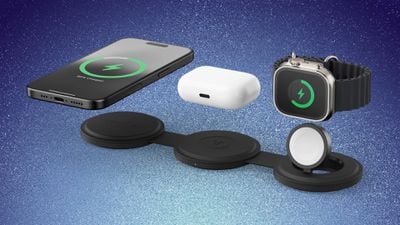
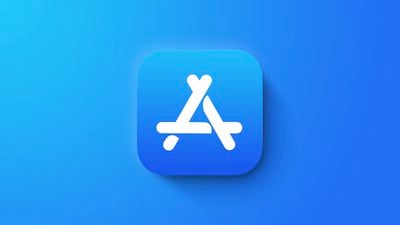

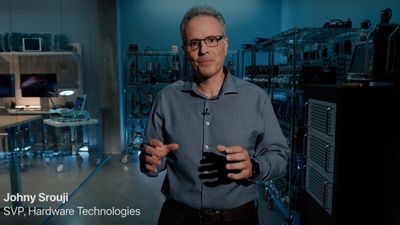



 Note: MacRumors is an affiliate partner with some of these vendors. When you click a link and make a purchase, we may receive a small payment, which helps us keep the site running.
Note: MacRumors is an affiliate partner with some of these vendors. When you click a link and make a purchase, we may receive a small payment, which helps us keep the site running.
 Note: MacRumors is an affiliate partner with Amazon. When you click a link and make a purchase, we may receive a small payment, which helps us keep the site running.
Note: MacRumors is an affiliate partner with Amazon. When you click a link and make a purchase, we may receive a small payment, which helps us keep the site running.
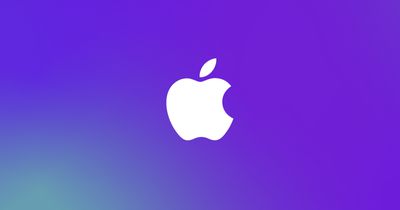

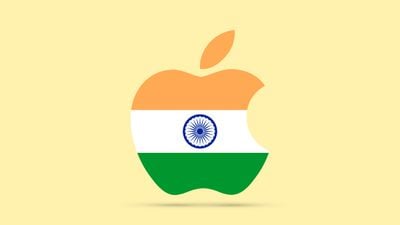
 Note: MacRumors is an affiliate partner with OWC. When you click a link and make a purchase, we may receive a small payment, which helps us keep the site running.
Note: MacRumors is an affiliate partner with OWC. When you click a link and make a purchase, we may receive a small payment, which helps us keep the site running.











